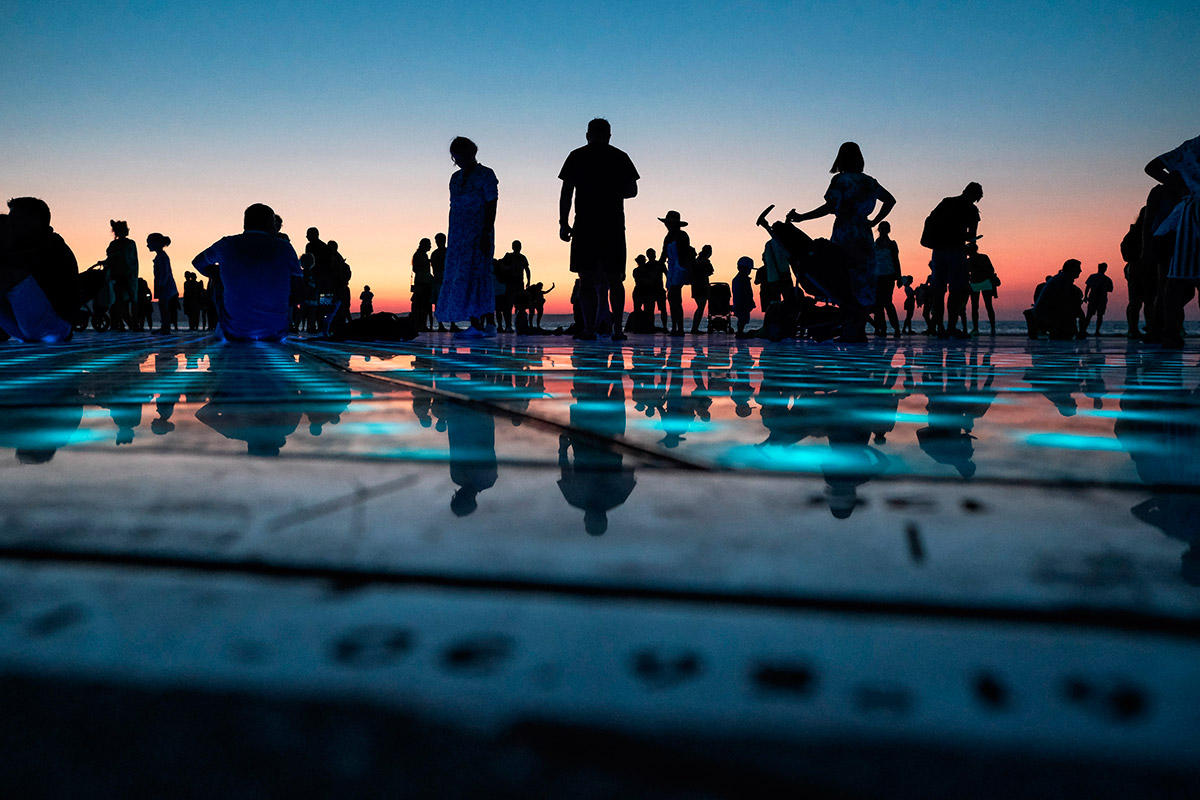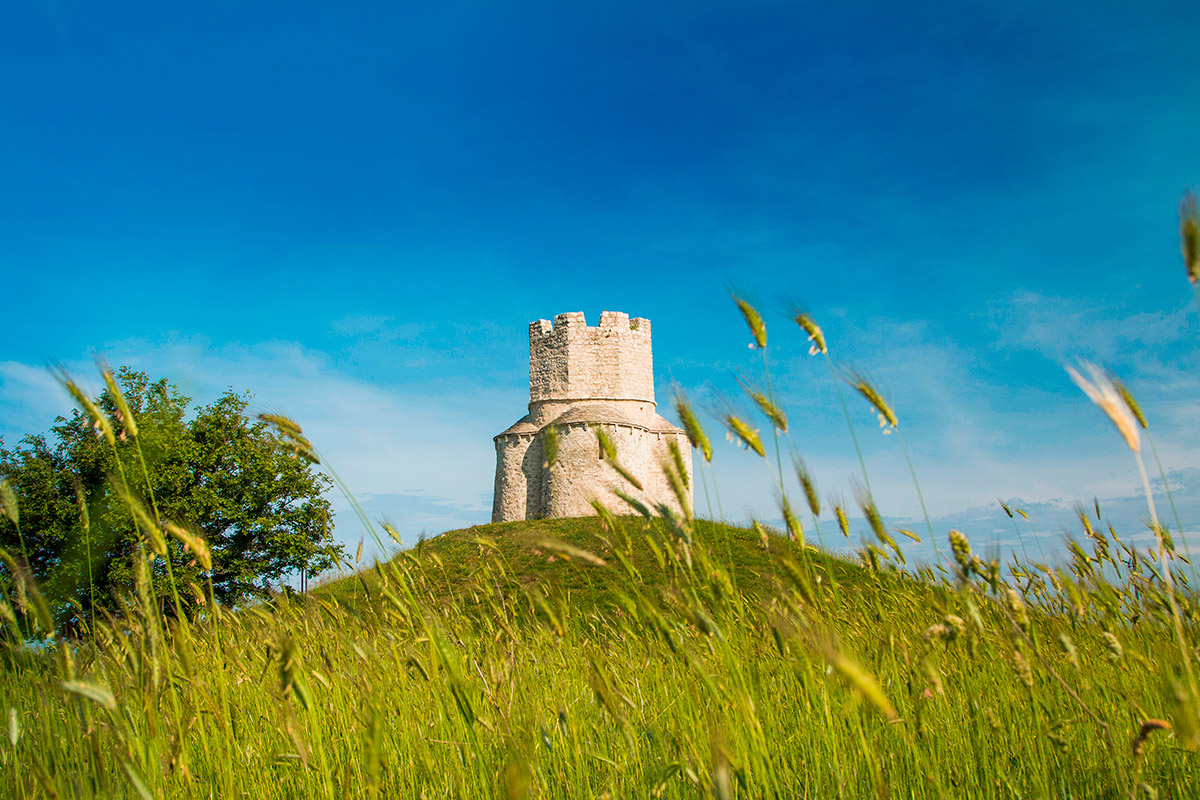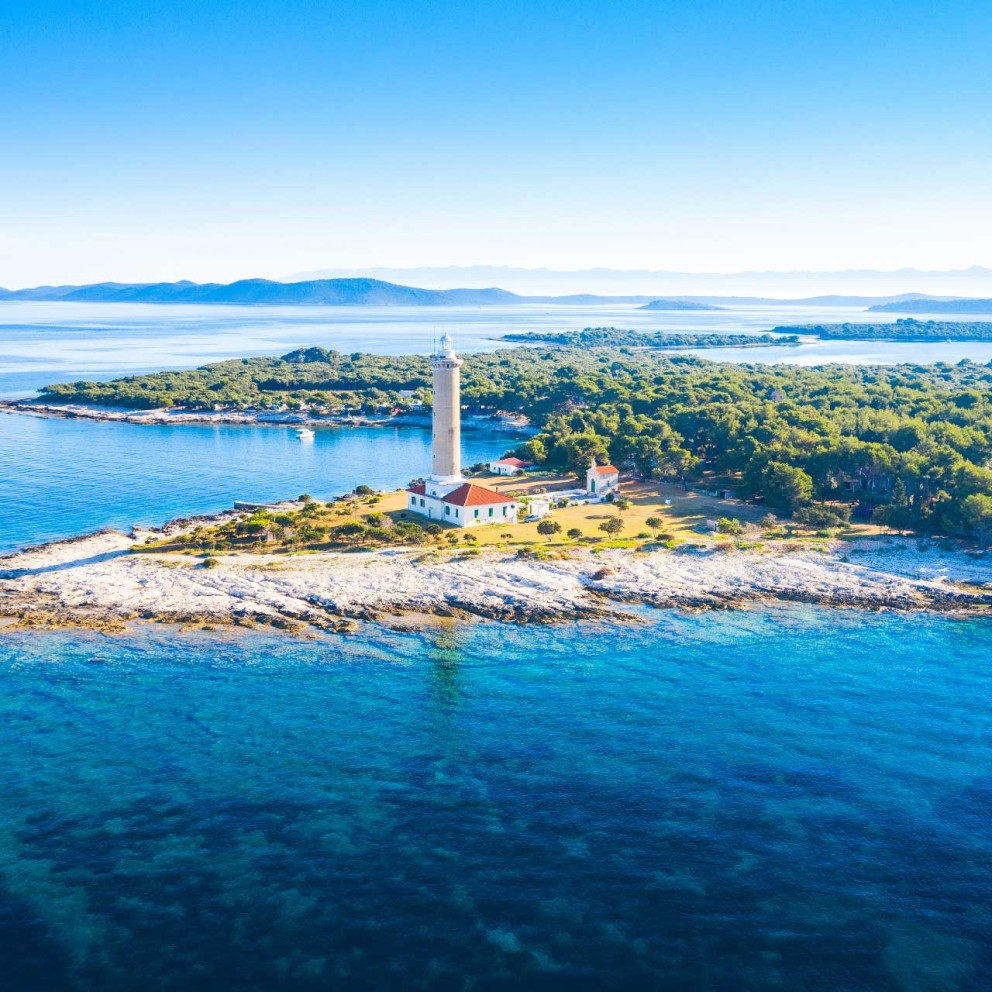
Top Cultural Sights in the Zadar Region
Did you know... Top cultural sights in Zadar region and how they came into being
The old and the new… intertwined together into a story about the Zadar (region). Looking at lists of top cultural sights, you get an insight into the turmoils of the past and a better understanding of why the area has always held a special appeal.
Town Walls and Gates in Zadar
Take a walking tour along the Muraj (as people of Zadar call the walls) on the historical peninsula and learn about its importance 500 years ago. As one of the strongholds of the Republic of Venice, the mighty maritime power at the time, the city was fortified to protect the ports and sea routes from attacks involving gunpowder. A testimony to military technique and architecture of the time, the town walls and gates form part of a larger unit listed as a UNESCO World Heritage Site - Venetian Works of Defence.
Walk into the city as it was done almost half a millennium ago - through the Land Gate built in 1543, at the small port Foša. The impressive Renaissance gate has carved symbols of both the Venetian Republic (the winged lion of St Mark) and the city patron saint St Chrysogonus on horseback.
Sea Organ & Greetings to the Sun
Or ode to the city, as it may as well be called. Created by a Zadar-native architect Nikola Bašić, the top modern attractions in Zadar don’t just represent a majestic display of interplay between nature and man-made art.
The Sea Organ are more a random set of promenade steps. In fact, they have been designed in such a way that the ever-changing tunes call to mind the harmonies of traditional Dalmatian klapa singing. Similarly, Greetings to the Sun (or Sun Salutation) is more than a light installation. It is, in fact, a small solar plant and a model representation of the solar system, with the Sun as the largest circle. The ‘planets’ are encircled by a steel frame with the names of saints worshiped locally.

Church of St Donatus
Built on the remains of the Roman Forum, a widely recognizable landmark of Zadar represents an important example of Pre-Romanesque architecture. Since the 15th century the uniquely shaped church has been named after bishop Donatus, who was a diplomat for the city-state of Zadar in the 8th-9th century, and is believed to have commissioned the work on the church in question.
Kalelarga & Zadar squares
Take a moment to appreciate the (hi)story behind the streets and squares of Zadar! Kalelarga, officially Široka ulica, is said to be older than the city itself. Its name is of Venetian origin, although the street dates back to Roman times, when it was called Via Magna. It stood for the main street in the Roman urban layout, leading from today’s Petar Zoranić Square where the remains of an ancient Roman column still stand. Together with the nearby Five Wells Square, built in the 16th centuries for the purpose of water supply via an aqueduct from Vrana Lake, this area continues to be central for the public life of the city.
Similarly, the ancient Roman Forum was built more than two millennia ago and has been the centre of public life ever since. It was the place where daily life happened, from trade and celebrations to criminal trials and public shaming. People’s Square (Cro. Narodni trg) has had a similar role since the Middle Ages. Matters of public concern have been dealt with at the Town Loggia from the 13th century onward, while the clock tower has shown the time for more than two centuries.
Nin - small, yet great
Charming and picturesque, with important historical lessons to tell. Especially about early Croatian history, when the town was, in fact, the seat of Croatian kings and dukes. As you approach the town, you can see the lovely Church of Saint Nicholas on a hillock, where Croatian kings were crowned so many centuries ago.

Upon entering the town by the old bridge, you are greeted by the statue of Branimir, the first legally recognized ruler of the Croatian state in the 9th century. Another impressive statue is that of bishop Gregory of Nin, a prominent religious and political figure of the 10th century, who fought for the use of vernacular Slavic language and Glagolitic alphabet. This statue was made by the famous Croatian sculptor Ivan Meštrović, and is said to bring good luck to those who touch its golden toe.
Still, the story of Nin did not start with the arrival of the Croatian tribe. Namely, the town was founded in the 9th century BC and was an important municipium during Roman times with a port in the area of today’s Zaton Holiday Resort. The remains of a Roman temple can be seen right in the centre of Nin to testify to its rich history.
From past to present
Stories written in the remains, in the monuments, in the collective memory of the natives. And what a fascinating story of the Zadar region altogether. Just waiting for you to explore it.







